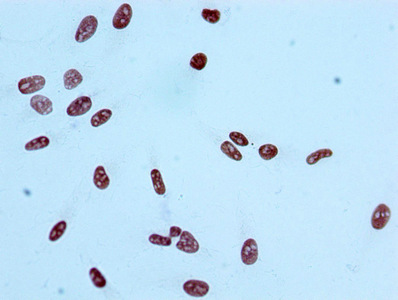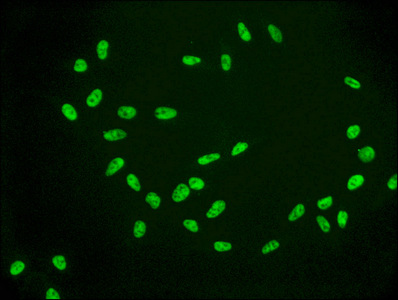Creating the acetyl-Histone H2A type 1-B/E (K9) recombinant monoclonal antibody involves cloning the genes encoding the HIST1H2AB antibody, including both heavy and light chains. These cloned genes are inserted into expression vectors, which are then introduced into host cells through transfection. The host cells take on the responsibility of producing and secreting the antibody. The antibody is subsequently purified through affinity chromatography to ensure its purity and effectiveness. Rigorous functionality testing in applications like ELISA, ICC, and IF confirms its suitability for the precise detection of the human HIST1H2AB protein acetylated at K9.
H2A type 1-B/E K9 acetylation is primarily associated with transcriptional activation. It helps recruit transcriptional activators, coactivators, and chromatin remodeling complexes to gene promoters. This enhances the initiation and progression of transcription, leading to increased gene expression. Acetylation of H2A type 1-B/E at K9 is involved in DNA repair, epigenetic signaling, and coordinated gene regulation.







